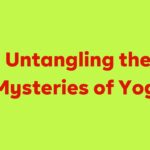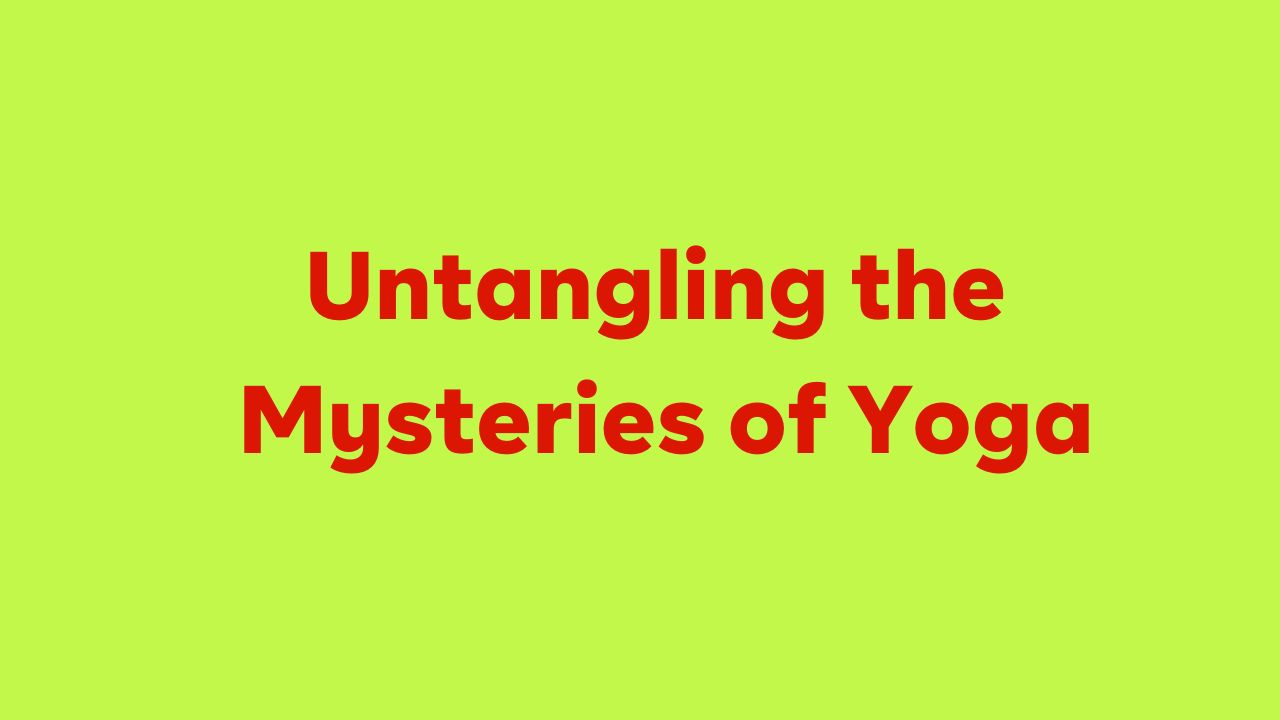Revitalize Your Day with a Quick And Easy 30-Minute Seated Yoga Routine
Seated yoga is an accessible and gentle way to bring the benefits of yoga into your daily routine. A 30-minute practice focused on seated postures can help release tension in the hips, lower back, and hamstrings while improving flexibility and promoting relaxation.
One key pose to include in a seated practice is the seated forward fold, which helps to gently stretch the entire back body while calming the mind.
For beginners, focusing on proper alignment and breath awareness during seated forward folds can lay a strong foundation for future progress in their yoga journey.
It’s important to approach this practice with patience and understanding of one’s own body, allowing for a gradual opening and release without pushing too hard or causing strain. For all levels, incorporating props like blocks or blankets can provide additional support and comfort during these seated poses, enabling practitioners to find ease and depth in each posture.
Incorporating a 30-minute gentle seated yoga practice into your day can be a powerful way to connect with your body, reduce stress, and cultivate inner peace.
Whether you’re new to yoga or have been practicing for years, embracing the simplicity of gentle seated postures fosters self-care and mindfulness while promoting overall well-being. So next time you roll out your mat, consider exploring the transformative benefits of a dedicated seated yoga session.
Unlock Tight Hips with This Beginner-Friendly Pigeon Pose Practice
Gentle seated yoga offers a perfect entry point for beginners and all levels of practitioners to experience the benefits of yoga practice. In a 30-minute session, you can explore various gentle seated poses that promote flexibility, mobility, and inner peace. The pigeon pose, in particular, can help release tension in the hips and lower back while also providing a calming effect on the mind.
As you settle into the gentle flow of seated yoga, you may find yourself pleasantly surprised by how accessible it is for all levels of fitness and flexibility. By focusing on deep breaths and mindful movements, even beginners can experience a sense of relaxation and rejuvenation within just 30 minutes.
The pigeon pose allows practitioners to gently stretch their hip flexors and release emotional stress stored in this area, promoting overall well-being and balance.
Incorporating gentle seated yoga into your routine not only nurtures your body’s physical well-being but also cultivates mental clarity and emotional harmony. As you flow through these nurturing poses like pigeon pose with intentionality, you’ll discover new levels of tranquility that have a ripple effect throughout your day.
In pigeon pose, keep your left foot on the ground and cross your right ankle on top of your left thigh. You can stay in this position for a deep hip stretch, or lift your left foot off the mat.
Bring your right arm between your legs and interlace your fingers around the back of your left thigh, pulling your legs closer to your body for a deeper stretch. If your left foot is lifted, slowly place it back down.
Cross your right leg over the left so that the right knee is over the left knee. Lift your right foot off the mat and place your hands on the tops of your feet, drawing the heels towards your glutes for a stretch in the right outer hip.
Relax your shoulders and gently release your grip on your feet, placing your right foot back down and crossing the right leg over the left so that both soles of the feet are flat.
Keep both feet flat on the ground. Plant your right foot and cross your left ankle over your right thigh, just above the knee.
Unlock Hip Flexibility with a Beginner-Friendly Pigeon Stretch Routine!
As we transition into the pigeon stretch, you have the option to keep your right foot grounded while gently pushing your left knee away. Alternatively, you can lift your right foot up and bring your left arm between the legs, interlocking your fingers and placing them behind the right thigh. This allows you to draw both legs closer to your body while keeping the left foot flexed.
By choosing to stay in this position, you can experience a deep stretch in your hip flexors and groin area. The gentle pressure applied to the left knee or the interlocked arms behind the thigh promotes flexibility and releases tension in these areas. The focused breathing during this stretch amplifies its benefits by enhancing relaxation and promoting mindfulness.
This variation of pigeon stretch is beneficial for improving hip mobility and relieving tightness in the lower back. It’s also an effective way to release stress and tension from prolonged periods of sitting or standing. Remember to listen to your body’s cues and adjust the stretch as needed for optimal comfort and effectiveness.
Return your focus to your breath and inhale deeply. If your right foot is lifted, bring it back down and cross your left leg over the right. Lift your right foot off the mat and place your hands on the tops of your feet, hugging your knees closer to your chest. Breathe into your left hip. Release the grip on your feet and uncross your left leg. Extend one leg at a time straight out in front of you and let your arms rest alongside your body with your palms facing up.
Experience Blissful Relaxation: Dive Into Seated Yoga’s Final Resting Pose!
As we transition into our final resting pose, gently close your eyes and focus on your physical sensations. Take a moment to relax your feet, allowing your legs to become heavy and releasing any tension in your hips, glutes, and lower back.
Notice the natural movement of your belly and chest as you breathe, feeling the gentle rise and fall with each inhale and exhale. Pay attention to the subtle expansion and contraction of your shoulders while remaining in this calm state.
Letting go of any lingering tightness or discomfort, allow yourself to sink deeper into relaxation with each breath. Embrace the tranquility of this moment as you bring awareness to every part of your body, from head to toe.
Gradually release any residual stress or unease held within the muscles and joints, surrendering to a sense of peaceful ease. Finally, take one last deep breath before opening your eyes slowly to embrace the renewed sense of clarity and serenity that fills you.
Lie down and relax. Feel your shoulder blades on the ground and let your face and jaw relax.
Soften the space between your eyebrows and let your whole body relax, from your head to your fingers and toes.
Take a deep breath in through your nose, then exhale out through your mouth. Wiggle your fingers and toes, roll your wrists and ankles, and stretch your arms and point your toes.
Bend your knees, place your hands on top of your knees, and slowly roll up to a seated position. Keep your eyes closed and rest your hands on your legs.
Take a moment to be grateful for practicing today. Bring your hands to your heart, press your palms together, and bow your head slightly.










